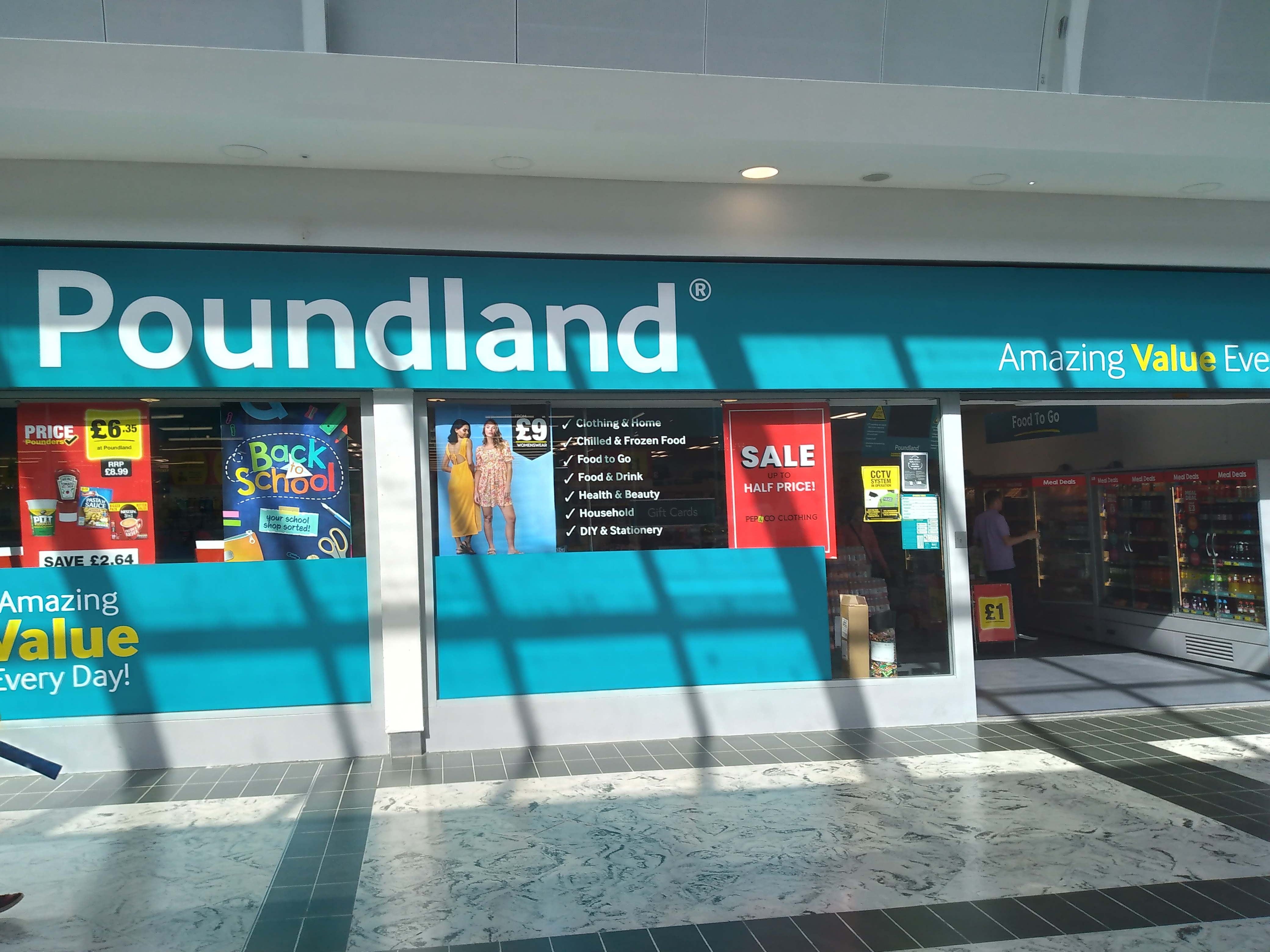
The closure of Poundland’s Peckham store has raised questions about why a chain built on low prices is struggling during a cost-of-living crisis. The Rye Lane location, which had operated for 11 years, shut its doors this week despite steady footfall in an area where budget shops would be expected to thrive.
Shoppers Question the Closure
Local resident Becky Cullen said she often relied on the store for low-cost snacks and toiletries for her children. She described the shop as busy and said the community is now left wondering where to buy affordable items.
Peckham’s high street mixes grocers, beauty shops, repair stalls, bars and cafes, but still experiences high levels of deprivation. For many locals, that makes the loss of a discount shop particularly noticeable.
Poundland Shrinks After Financial Troubles
More than 100 Poundland stores have closed or are planned for closure since the summer. The business was sold in June for £1 during what it called “challenging trading conditions.” Although the company has a turnaround strategy, it expects to end the process with 650 to 700 locations, compared with more than 800 at the start of the year.
Other discount retailers are also struggling. The Original Factory Shop has shut at least 22 stores, Maxideal has closed entirely and B&M Bargains has launched a turnaround plan following weak sales.
Budget Shopping Habits Have Shifted
Retail analyst Catherine Shuttleworth said shoppers have changed how they look for deals. Many now compare prices across stores, stay aware of promotions and even send photos of bargains to friends and family. She said customers are choosing specific items to buy cheaply rather than relying on discount stores for broad baskets of goods.
Rising Costs Pressure Low-Price Retailers
Budget chains face rising employer costs following last year’s UK Budget. Because their margins are already thin, they have limited ability to absorb or pass on these increases. Pound shops face additional challenges because inflation has eroded the value of a £1 price point. A £1 product in 1990, when Poundland was founded, is equivalent to roughly 40p today.
Inside a Changing Discount Model
Chris Edwards, who built Poundworld into a chain of more than 300 shops before selling it in 2015, said the single-price model no longer works. His new venture, OneBelow, launched in 2019 selling everything for £1 or less. By 2022, the business shifted to OneBeyond, offering items at £1 or above.
Edwards said shipping delays and high freight costs after the pandemic made the £1 model unsustainable. He said success now depends on knowing what customers will buy, negotiating effectively and mixing branded UK goods with direct imports from China to balance margins.
At his Croydon store, shoppers queued for Christmas items, household goods and confectionery. Edwards said low prices on well-known brands can draw people in, and imported goods with stronger margins help offset those discounts.
Discount Retailers Face High Risks
Despite its early growth, Poundworld collapsed three years after being sold to an American investor. Edwards said the buyers misunderstood the discount sector and lost control of the product mix. Wilko also fell into administration in 2023, costing thousands of jobs.
Poundland avoided administration this year but endured a prolonged period of poor trading. The company had drifted from its original single-price identity and introduced a broad range of prices instead. Its owner, the Pepco Group, also attempted to integrate Pepco clothing into Poundland stores, a move that failed to resonate with customers.
Featured image credits: Wikimedia Commons
For more stories like it, click the +Follow button at the top of this page to follow us.
